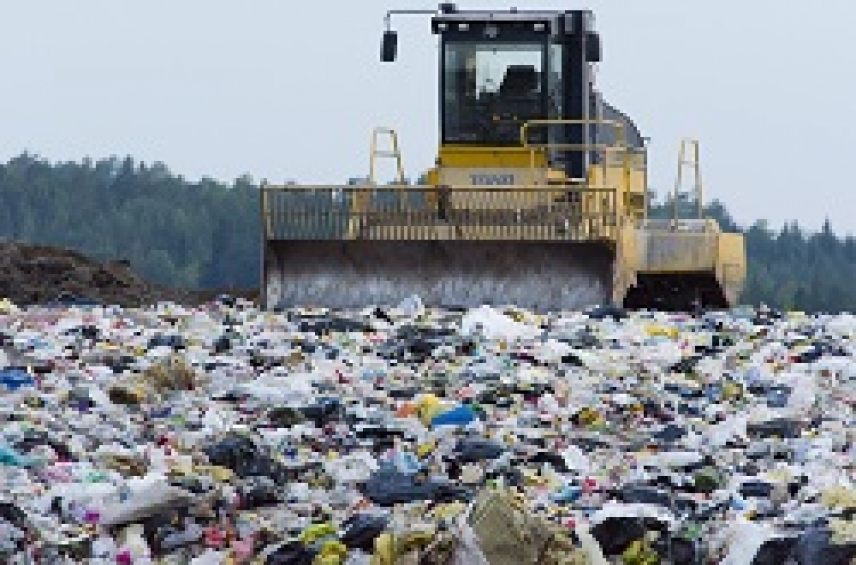 Despite its many environmental advantages, including the recovery and recycling of resources, the composting process generates volatile organic compounds (VOCs)which omit a range of offensive smells. Different types of waste generate different smells or combinations of smells; composted raw materials can now be classified by their odorous impact, with a view to minimising emissions.
Despite its many environmental advantages, including the recovery and recycling of resources, the composting process generates volatile organic compounds (VOCs)which omit a range of offensive smells. Different types of waste generate different smells or combinations of smells; composted raw materials can now be classified by their odorous impact, with a view to minimising emissions.
Scientists at the University of Córdoba’s Department of Inorganic Chemistry and Chemical Engineering have devised a new system for analysing the smell generated during composting using a combination of two techniques: NIR spectroscopy and chemometrics, a discipline which applies mathematical and statistical methods to chemical data. As lead researcher Manuel Toledo remarks, “as far as we know, these two methods have never been used together to evaluate odorous impact”.
NIR technology uses radiation in the near-infrared range to reveal the chemical composition of organic waste during composting; the advantage is that this is a non-invasive method, i.e. it does not alter the elements being analysed. The information revealed by NIR spectroscopy is used to create predictive models enabling smell to be estimated without the need for sampling.
The researchers evaluated the composting process using a device known as a respirometer, which measures oxygen consumption by the microorganisms involved in degrading organic matter, and analysed some of the variables affecting the whole process: temperature, odour concentration, rate of odour emission into the atmosphere and air flow through the material.
The new method, which over the coming months will be tested at industrial scale, provides a fast and economical means of evaluating odour emission rates, and could help to mitigate the odorous impact of composting, a process today regarded as crucial in finding a new use for the millions of tons of organic matter we generate every day.
Reference:
Chemometric analysis and NIR spectroscopy to evaluate odorous impact during the composting of different raw materials. Toledo, M; Gutierrez, MC; Siles, JA; Garcia-Olmo, J; Martin, MA. Journal of Cleaner Production Volume 167, 20 November 2017, Pages 154-162.


